Holy City Tour in Tibet 3 Nights / 4 Days
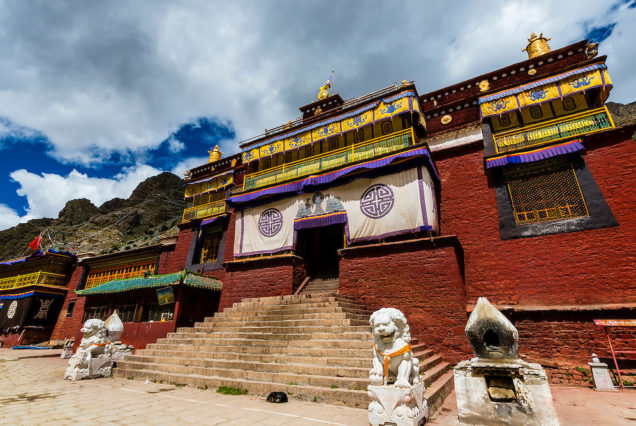
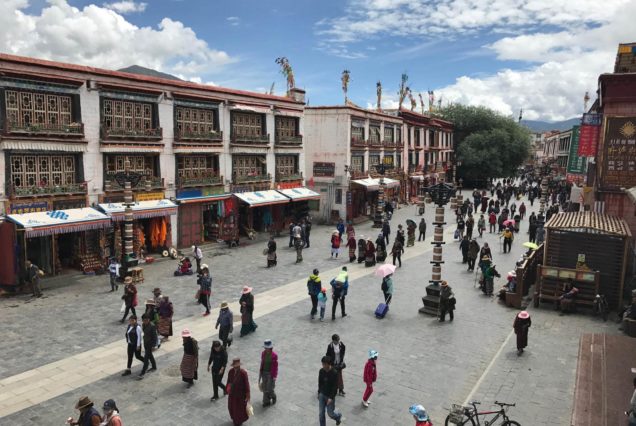
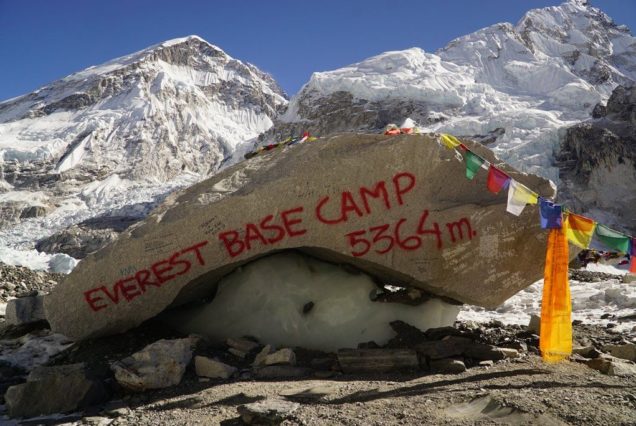
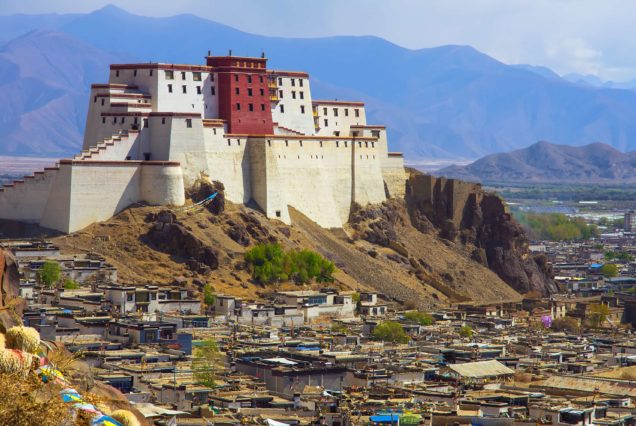
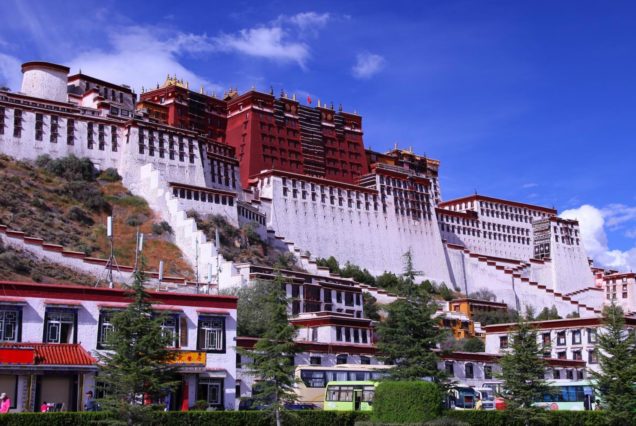

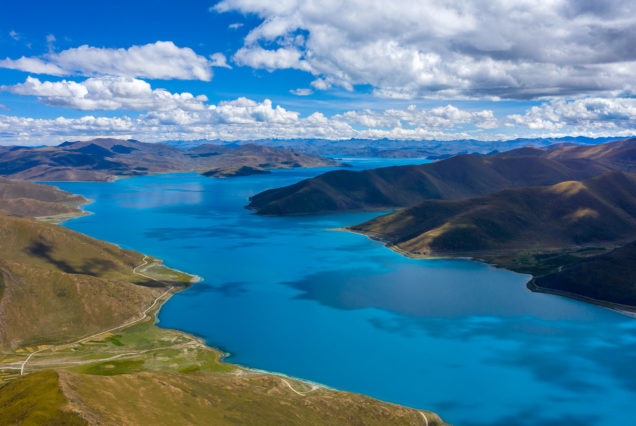
Duration
3 Nights / 4 Days
Max People
50
Min Age
10+
Pickup
Airpot
Travel Tips to China
Climate:
China has a continental and seasonal climate. Most parts are in the temperate zone but southern areas are in the tropical or subtropical zone while northern areas are in the frigid zone. Climates in different areas are complicated. For instance, northern Heilongjiang Province has a winter climate the year round without summer, while Hainan Island has a summer climate the year round without winter. The following is a reference table for tourists to prepare clothing on their trips.
Temperature in Beijing during Oct: around 12c.
Temperature in Lhasa during Oct: around 8c.
Use of English in China:
Most civil servants, custom officials, police, hotel staff and typical men in the street do not speak English or at best a smattering of English.
Most signboards and notices will carry both English and Chinese. However, be aware that some translations can be so notorious that one can hardly understand what was it’s original Chinese intention.
Do not expect hotels or shops to understand English. Only the very big or business-class hotels will have staff that will understand or speak English.
Most young people can understand basic English if you speak slowly. Even if you hire a professional translator, do not be surprised that they do not have a good grasp of English. Ensure you engage the services of a professional service provider that can supply good translators.
Chinese Food:
Local Chinese food is absolutely fabulous. Try as much Chinese food as your wallet or stomach can afford. Restaurants are available everywhere and open to late hours. Most restaurants will have a menu that include photographs of the various dishes. Better yet, simply point at the food that your next door table is having, especially if it looks delicious!!!
However, avoid street side stalls and drinking directly from the taps if you have delicate stomach.
Internet in China:
There are cyber-cafes everywhere in China, especially in tourist areas. Most are patronised by young people playing online games but you still can check your Hotmail, Yahoo or Gmail. Access may be a bit slow for international websites.
You will need to show your passport as China has tight regulations at Internet Cyber Cafes.
Toilet in China:
One of the worst experience many has with China is the atrocious toilet facilities. Things has improved very much but it may still be a good idea to empty your stomach or bladder at every opportunity in a hotel, restaurant or departmental store. Public toilets and toilets in small shops can be a nose hazard!
Popular Chinese Products:
Silk: Chinese silk is famous in the world for its magnificent quality, color and variety. Representative samples are brocade from Hangzhou, Sichuan brocade from Chengdu, the fine, tough silk and pure silk crepe from Suzhou and tussah silk from Dandong.
Tea: China is the home of tea. Tea is divided into green, black, perfumed, white and Wulong tea. Longjing (green tea) and Biluochun (green tea), are famous throughout the world.
Liquors and Wines: Since ancient times, China’s spirits and wines have developed in their unique way and have won many international awards. Famous liquors include Maotai from Guizhou, Fen and Zhuyeqing from Shanxi, Wuliangye, Jiannanchun and Luzhou Laojiao from Sichuan, Gujing tribute liquor from Anhui, Yanghe Daqu from Jiangsu and Dong Liquor from Guizhou. Fruit wines include gold medal brandy, red grape wine and Weimeisi from Yantai, China red grape wine from Beijing, Shacheng white grape wine form Hebei, Minquan white grape wine from Henan. Yellow rice wines include rice wine from Shaoxing, sinking-in-jar wine from Longyan and sealed jar wine from Danyang. Yanjing and Qingdao are two famous brands of the many varieties of fine beers available in China.
Traditional Chinese medicine: The body of knowledge that makes up traditional Chinese medicine (TCM) has been accumulated over thousands of years. It is a school of its own. Numerous herbal and other drugs are being used for their high curative efficacy, and those with a high tonic value are favorites with the Chinese.
Tipping:
If you are traveling in a small party like 2 to 5 members, We suggest approximately US $8 to US $10 /per guest per day as tips for tour guide and US $4 to US $6 for the driver and about US $2 to US $3 for hotel bellboys as a gratitude for their service.
Photography:
You may photograph in most locations, except in most museums and archeological sites, while some institutions allow you to take photos if you pay a fee in advance.
ask for permission first if you try to take photos of people closely.
It is advisable to have filters with you as sometimes it might be hazy in the city/area you are to visit.
Useful Tips:
– Always ask for a receipt from a taxi driver so that you can complain if you have been cheated or for tracing purposes if you happen to leave your camera behind in the taxi.
– Try to take the name-card for each hotel that you are staying at as these cards will have a Chinese address and the map of your hotel location. This is useful if you need to seek assistance to find your way back as the English version or pronounciation of a hotel or a street name may be quite different from the Chinese version.
– The best months to visit China are April, May, September and October, as all have a comfortable temperature.
Tour Plan
Arrive to Gongkar airport ( 95 km from Lahsa ), you will be met by your local guide who will transfer you to Lhasa. On the way, you will enjoy the ‘heart-beating’ highland view along the Yarlong Tsangpo River (the longest river in Tibet). The rest of the day is free for you to relax and become more acclimatized to this altitude.
The first day of sightseeing starts from Lhasa's cardinal landmark- Potala Palace, a structure of massive portions. Its towering image is shown on all travel literature, but nothing can compare to your first sight of this incredible, amazing wonder of the world. It is absolutely awe-inspiring and you will be enchanted as you visit the rooms, halls and chapels of the palace
In the afternoon, we will visit the Jokhang Temple which is the spiritual center of Tibet. Everyday, pilgrims from every corner of Tibet trek here from long distances to worship. The temple is the product of Han, Tibetan and Nepalese architectural techniques. Finally we will visit Barkhor Street which is the oldest street in this very traditional Tibetan city.
About 8 km west of central Lhasa is the Drepung Monastery which was once the largest Monastery with over 10,000 monks. This day's sightseeing begins with these white monastic buildings piled up on the hillside. Walking up to the hill is a pleasant thing, an easy break from the solemn ambience inside the halls and chapels. At the plat roof of the hillside, you will experience wonderful views of the whole of Lhasa city and the distant mountains.
Drepung is one of Lhasa's two great Gelugpa monasteries, the other is Sera. Around 5km north of central Lhasa, Sera may not be as grandiose as Drepung, but is more serene surrounded by many small temples. The 'Buddhism Scriptures Debating' in Sera is very famous.
End of services and take your flight back.
Tour Map
Reviews
There are no reviews yet.
You May Like
Commercial Registration No. 532442 – Professional License No. 79.11 – Tax Card No. 03605761208
Address: Via larga 1, Castel guelfo di Bologna, 40023, Bologna, Emilia Romagna, Italy.
Support
About Us
Support
About Us
Contact Info

- © 2022 StarGate Travel All Rights Reserved.




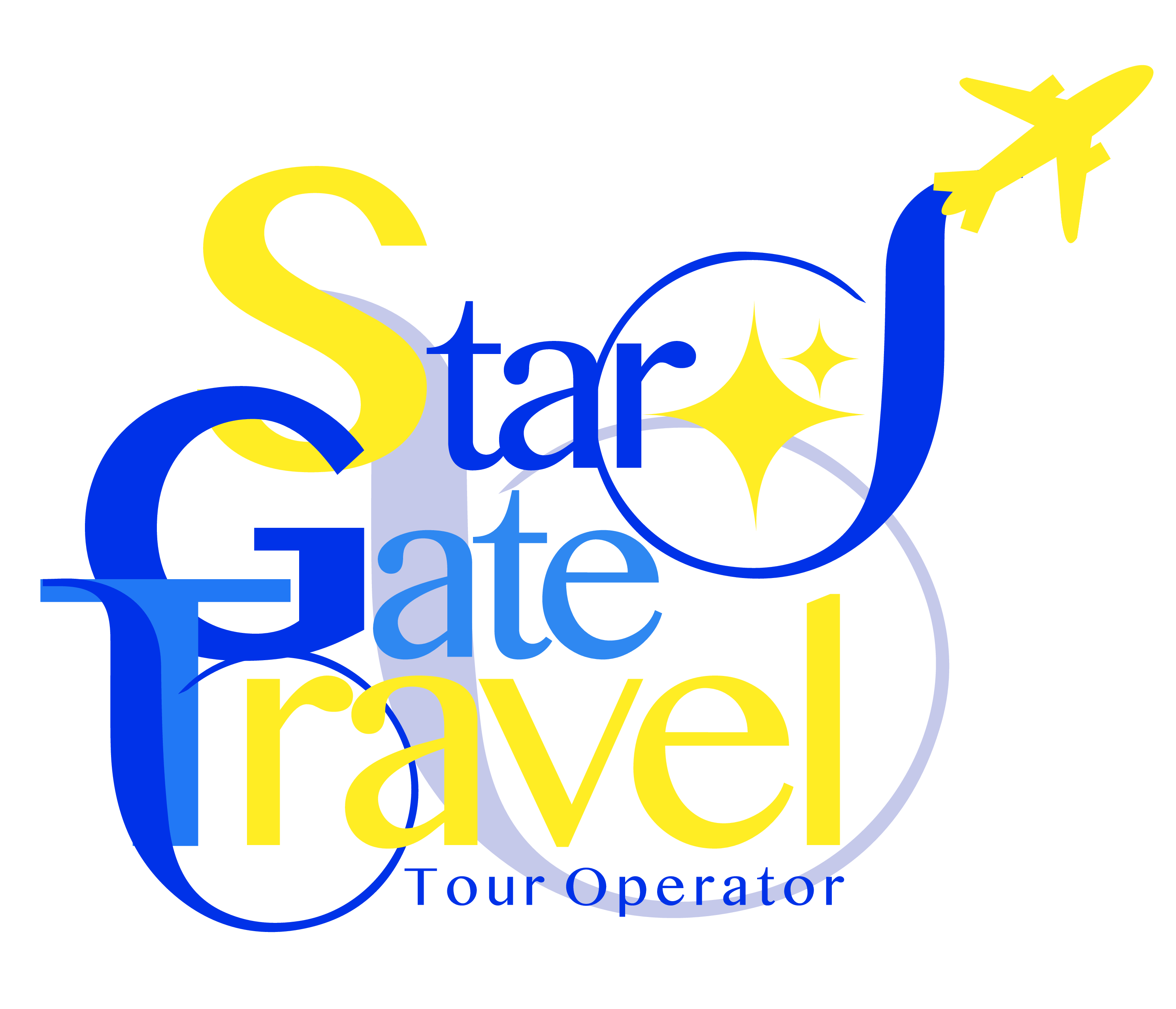
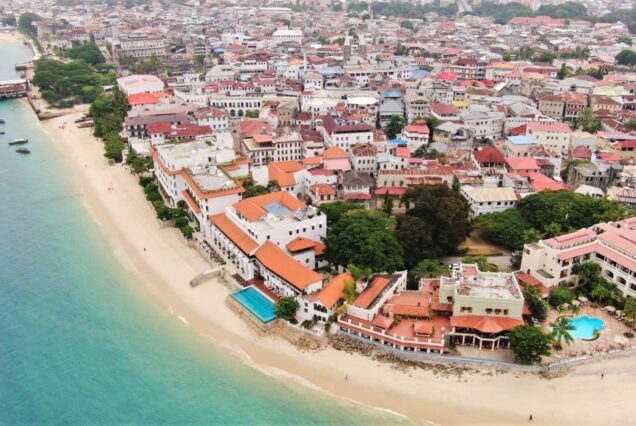
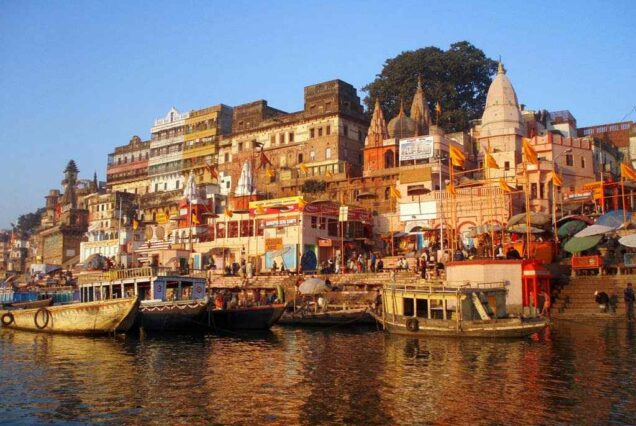
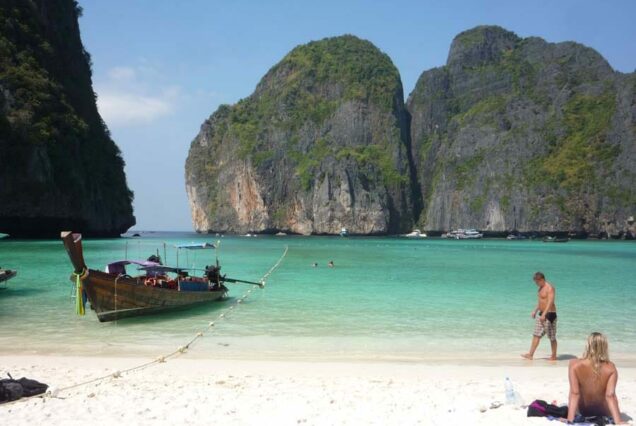
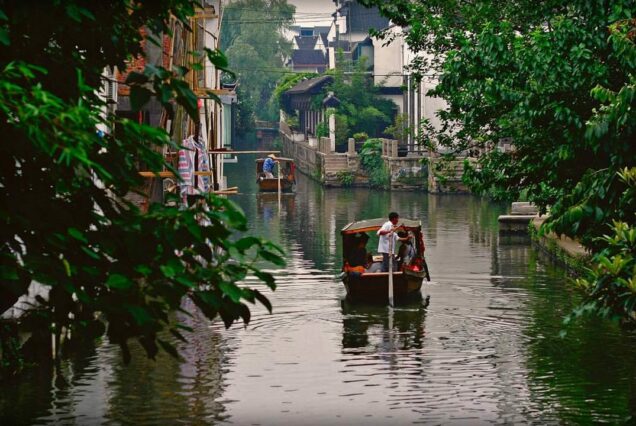

Be the first to review “Holy City Tour in Tibet 3 Nights / 4 Days”